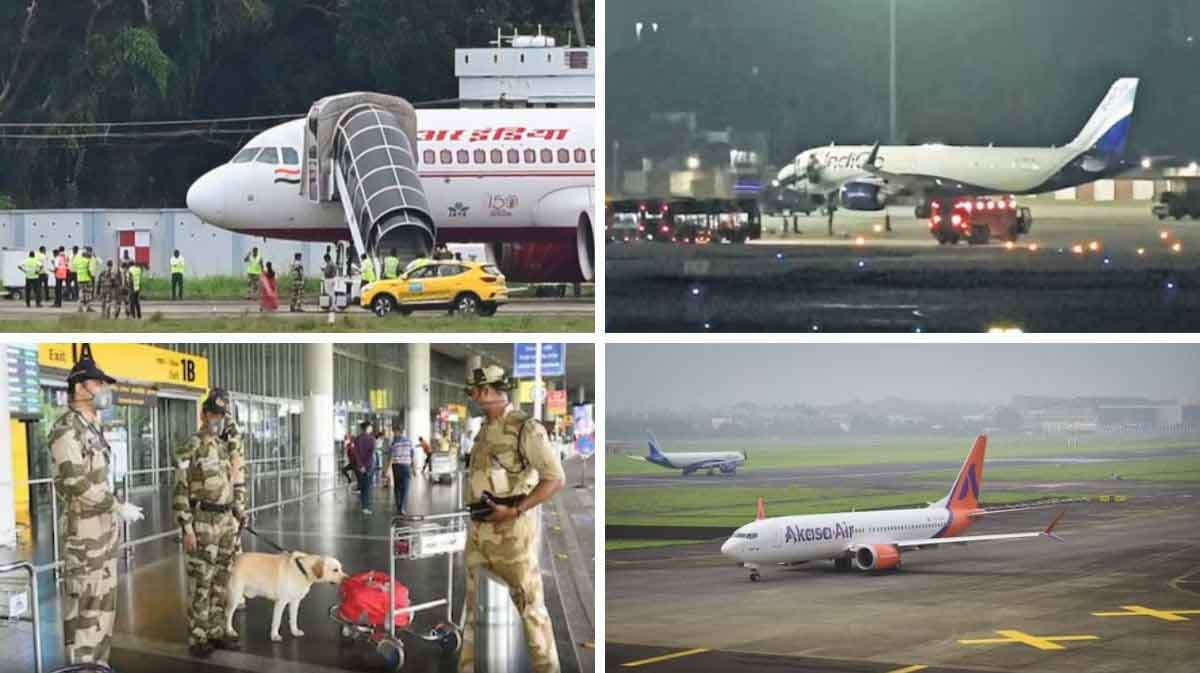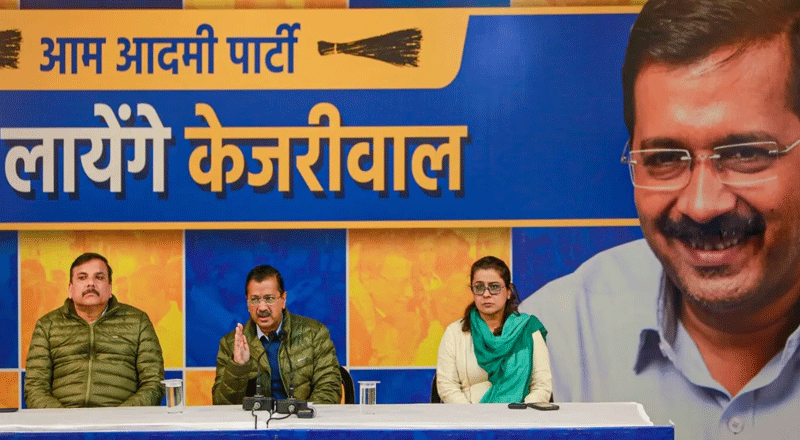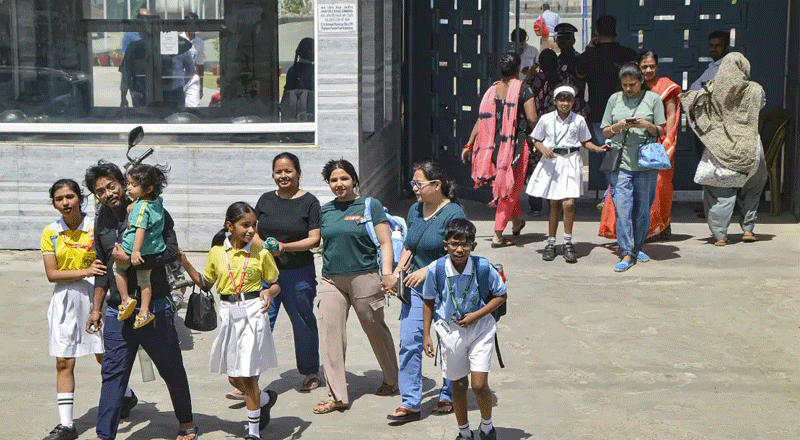In an alarming trend, bomb threats have targeted over 275 flights of Indian carriers in the past two weeks, creating widespread security disruptions. Among those recently affected, major Indian airlines, including Air India, Vistara, IndiGo, SpiceJet, and Akasa, faced threats primarily issued through social media. This wave of threats has forced heightened security protocols and grounded multiple flights, prompting officials to act decisively to protect passengers and flight operations.
IndiGo and Other Airlines Hit Hard by Bomb Scares
On Friday alone, 25 flights from Indian airlines reported bomb threats. Seven of these were operated by IndiGo, six by Air India, and additional flights from SpiceJet and Vistara were also impacted. An IndiGo spokesperson noted that flight 6E 2099 from Udaipur to Delhi received a threat before take-off, leading to strict compliance with security protocols. Passengers were safely disembarked, and the aircraft was isolated as authorities handled the situation. IndiGo also reported similar threats to several other flights, including routes to international destinations like Istanbul and Jeddah.
Growing Threats: 85 Flights Targeted in a Day
A day prior, Thursday saw bomb threats impacting a staggering 85 flights. This wave involved 20 flights each from Air India, IndiGo, and Vistara, with 25 from Akasa. Over 11 days, nearly 250 flights received similar threats, pushing the government and airlines into continuous crisis response mode. Airlines have been working closely with authorities to ensure passenger safety, with stringent checks and isolation protocols enforced wherever necessary. Airports, too, have intensified security measures to manage the potential threat.
Government Calls on Meta, X for Data to Track Threat Sources
To combat the recurring threats, the government has approached social media giants Meta (parent company of Facebook) and X (formerly Twitter), urging them to share critical data that could identify the sources of these hoax calls. Top government officials underscored that this data-sharing effort is essential for public safety and the swift identification of perpetrators. Civil Aviation Minister K. Rammohan Naidu noted that legislative actions might be on the horizon to penalize hoax callers severely, including placing them on a no-fly list. These steps reflect a firm governmental stance to prevent a further escalation of such disruptive incidents.
Legislative and Strategic Steps to Deter Hoaxes
With the mounting number of threats, the government is exploring policy measures to deter similar incidents in the future. In response to these threats, aviation authorities are pushing for more comprehensive laws against hoax bomb calls targeting airlines. By enforcing penalties and considering no-fly status for perpetrators, the government hopes to safeguard the aviation sector. This initiative, paired with support from major social media platforms, would help trace and penalize those responsible for spreading fear and disrupting flights.
Identifying Hoax Callers: Progress in Investigations
Government officials disclosed that some individuals behind the recent hoax calls have been identified, although specific details on their whereabouts remain undisclosed. Authorities are employing digital forensics and coordinated intelligence efforts to track these individuals. Official sources confirmed that social media platforms have been advised to cooperate fully and provide the necessary data to expedite these investigations. A senior official stressed that cooperation is critical to resolving these threats quickly, emphasizing the public interest and overall safety of flight operations.
IT Ministry Issues Warnings to Social Media Platforms
In response to the escalating situation, the Ministry of IT called for a virtual meeting with representatives from social media platforms Meta and X, as well as airline officials, to discuss compliance protocols for handling such threats. The Ministry asked X, in particular, to expedite its response time and improve the oversight of threat-related content. Representatives from the Centre for Development of Advanced Computing (CDAC) also requested specific data from certain X accounts to support the investigation.
Security Measures Intensified at Goa Airports
Among the airports affected by the recent bomb threats were Goa’s Dabolim and Manohar International Airports, both of which were put on high alert. Four flights bound for these airports were reportedly targeted, prompting authorities to form a Bomb Threat Assessment Committee (BTAC) at each airport to evaluate the validity of these threats. Such high-alert protocols are becoming increasingly common as airports respond to the unpredictable nature of these threats.
Coordinated Efforts to Counter Bomb Threats
The bomb threats affecting hundreds of flights have escalated the need for rigorous security and legislative action. Government coordination with airlines, social media platforms, and security agencies is proving critical in managing the crisis. By involving tech giants in identifying threat sources and increasing security protocols, authorities aim to ensure passenger safety and minimize disruptions in the future. The proactive approach also underscores the necessity of international cooperation, particularly with the growing role of social media in propagating such threats, as India strengthens its defense against security risks to its aviation sector.
(With inputs from agencies)





